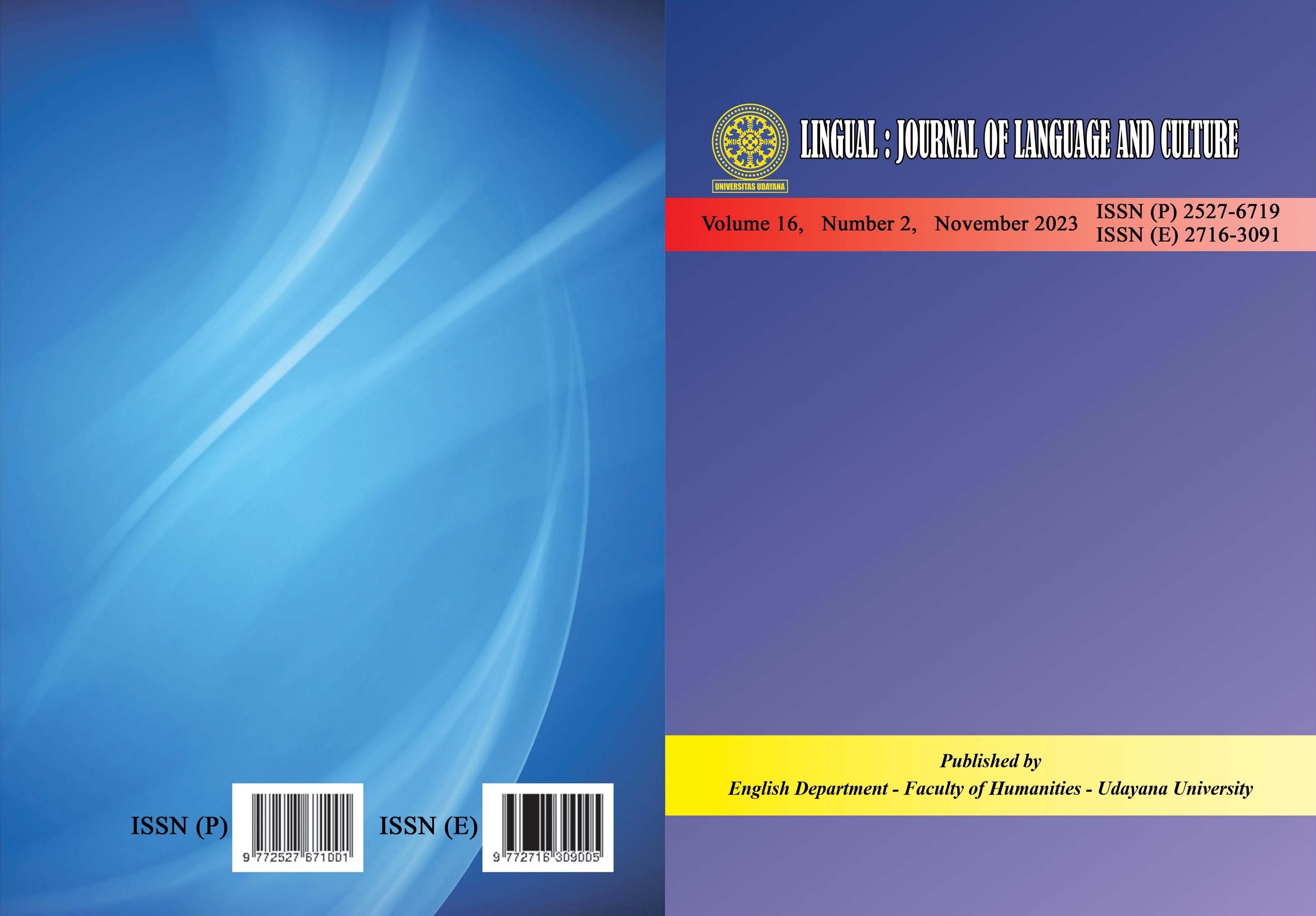The Use of Communication Strategies in The Context of English Teaching
Abstract
In the context of English teaching and learning, teachers can employ communication strategies to facilitate students' comprehension of the study material. The aim of this study is to outline the categories of communication strategies used by an English teacher at SDN 2 Jatiluwih. This investigation takes a descriptive qualitative approach, focusing on an English teacher within the SDN 2 Jatiluwih setting. During the observations in the 6th grade English class in SDN 2 Jatiluwih, the teacher not only use simple English but also employed body language. Moreover, the students there were quite unique because they tended to use the Indonesian language. Therefore, the teacher, in this case, it was required to use various communication strategies in teaching. The theoretical framework for this study relies on Dornyei's communication strategies theory. The research outcomes reveal that the teacher employed five distinct communication strategies in the classroom to support student learning, namely stalling or time-gaining strategies (1.724%), literal translation (1.724%), prefabricated patterns (5.17%), non-linguistic signals (12.07%), and code-switching (79.31%).












